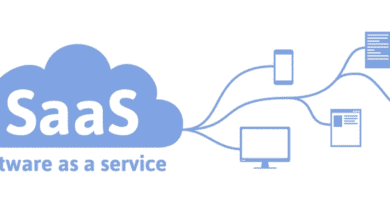
How will linking our credit cards to UPI benefit us?

People are increasingly using UPI (or Unified Payments Interface) to make payments. One of the main reasons for its popularity is its simplicity: simply scan the QR code or enter the mobile number (linked to a default UPI address) of the person or seller to whom you wish to make payment, and the payment is completed instantly. Payments could initially be made from a bank account by linking it to UPI. However, later UPI apps began to allow users to add a credit card with a Unified Payments Interface (or UPI) account.
According to the RBI, for the time being, all RuPay-enabled credit cards can be linked to UPI. This is considered a welcome step by experts as now payment through credit cards will become more accessible through QR codes without the need of a Point of Sale (PoS) machine card. The Reserve Bank of India announced the integration of UPI dated June 8, 2022. Currently, payment apps only accept Visa and MasterCard credit cards.
How Will UPI-Credit Card Be Different?
Paytm and Mobikwik allow users to add money from credit cards to their wallets only. The wallet amount can be used only on the wallet of the same company. However, the Unified Payment Interface (UPI) allows payments to QR codes of various platforms.
Adding money to Paytm wallet allows users to pay only at Paytm QR and it’s not interoperable like UPI QR. You cannot pay using a Paytm wallet on a BharatPe UPI QR or a GooglePay UPI QR. Linking credit cards with UPI means users can now pay at any UPI QR, whether BharatPe UPI QR, PhonePe, or GooglePay.”
Paytm and Mobikwik also levy two-four percent charge on adding money from credit cards to their wallets. There is a charge that the fintech companies have to pay to banks for credit card transactions.
Currently, merchants are not charged for using UPI, but in the case of credit cards, MDR charges are applicable. This means, that for every credit card transaction, merchants pay banks a certain amount. However, on the UPI-credit card linking, much clarity on the MDR charges is not available for now.
How much of a boost will this give UPI?
If VISA and MasterCard do not accept this move, there may not be an immediate increase in UPI credit card payments. Only RuPay credit cards, which have a smaller market share, can currently be linked.
As RuPay-issued credit cards are still gaining market share, the overall credit outstanding against credit cards which stood at Rs.1.5 lakh crore as on April 22, 2022, is unlikely to grow materially in the near term unless the enhancement in UPI linking is extended to other card platform operators as well.”
The total number of credit cards in the country at the end of April 2022 stood at about 7.52 crore. During the month, total online transactions worth Rs 6,565 crore took place through credit cards, including RuPay, Visa, and MasterCard.
How will the UPI Help Small Merchants?
There are two types of merchants — organized and unorganized. Organised merchants are like Shoppers Stop who accept both card payments and UPI payments. There is a large number of unorganized merchants who only accept UPI payments. For them, accepting UPI payments is free and they will be able to accept UPI payments from a credit card. It will benefit the small merchants significantly who could not afford to keep expensive PoS (point of sale) machines. It will also bring the comfort of UPI payments to credit card users.




